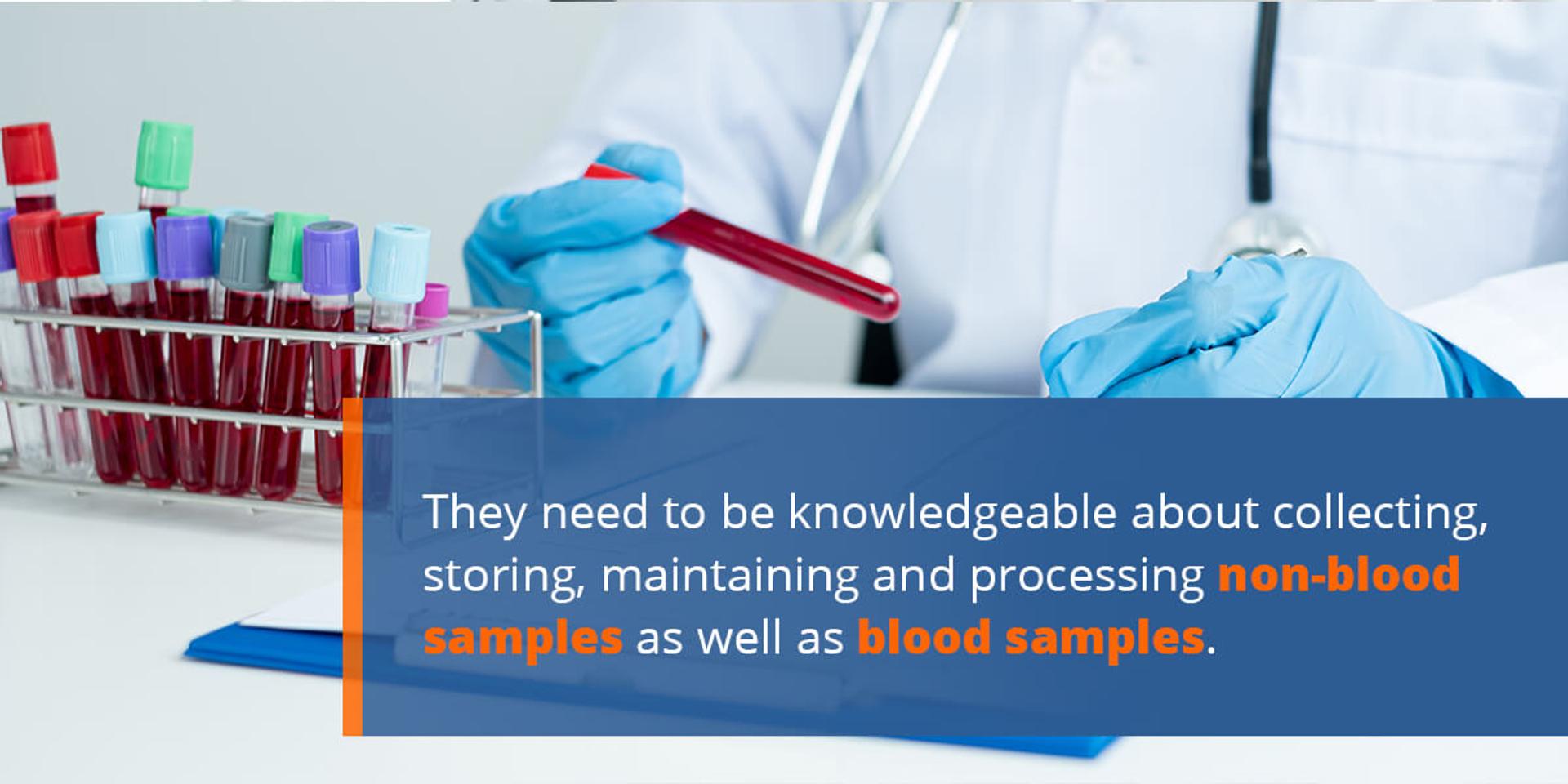The Northeast Medical Institute - New Haven Campus Phlebotomy Course & Cna Class Statements
The Northeast Medical Institute - New Haven Campus Phlebotomy Course & Cna Class Statements
Blog Article
Northeast Medical Institute - New Haven Campus Phlebotomy Course & Cna Class for Dummies
Table of Contents4 Simple Techniques For Northeast Medical Institute - New Haven Campus Phlebotomy Course & Cna ClassThe smart Trick of Northeast Medical Institute - New Haven Campus Phlebotomy Course & Cna Class That Nobody is Talking AboutNortheast Medical Institute - New Haven Campus Phlebotomy Course & Cna Class Things To Know Before You Get ThisThe 6-Minute Rule for Northeast Medical Institute - New Haven Campus Phlebotomy Course & Cna Class6 Simple Techniques For Northeast Medical Institute - New Haven Campus Phlebotomy Course & Cna ClassNortheast Medical Institute - New Haven Campus Phlebotomy Course & Cna Class - Truths
The usage of such tools must be gone along with by various other infection avoidance and control methods, and training in their usage. Not all security gadgets are suitable to phlebotomy. Before picking a safety-engineered gadget, users ought to completely investigate readily available gadgets to establish their proper usage, compatibility with existing phlebotomy techniques, and effectiveness in securing staff and people (12, 33).For settings with reduced resources, expense is a motoring element in purchase of safety-engineered tools. Where safety-engineered gadgets are not readily available, competent usage of a needle and syringe is appropriate.
labelling); transport problems; analysis of results for professional management. In an outpatient division or center, supply a committed phlebotomy cubicle containing: a clean surface area with 2 chairs (one for the phlebotomist and the various other for the individual); a hand clean container with soap, running water and paper towels; alcohol hand rub. In the blood-sampling space for an outpatient department or facility, supply a comfy reclining sofa with an arm remainder.
The Best Strategy To Use For Northeast Medical Institute - New Haven Campus Phlebotomy Course & Cna Class
Make sure that the signs for blood sampling are clearly specified, either in a composed method or in documented directions (e.g. in a research laboratory form). Collect all the tools required for the procedure and location it within risk-free and easy reach on a tray or cart, guaranteeing that all the products are plainly noticeable.
Present on your own to the person, and ask the client to mention their complete name. Check that the research laboratory kind matches the person's identification (i.e. match the individual's information with the lab kind, to make sure precise recognition).
Make the patient comfortable in a supine position (ideally). Place a tidy paper or towel under the person's arm. Go over the examination to be executed (see Annex F) and obtain spoken approval. The individual has a right to decline an examination any time before the blood sampling, so it is important to guarantee that the patient has actually comprehended the treatment.
Some Known Details About Northeast Medical Institute - New Haven Campus Phlebotomy Course & Cna Class
Expand the individual's arm and examine the antecubital fossa or lower arm. Situate a blood vessel of a good dimension that is visible, straight and clear. The representation in Area 2.3, reveals common settings of the vessels, however several variations are feasible. The typical cubital capillary exists in between muscle mass and is normally the most easy to puncture.
DO NOT put the needle where veins are drawing away, due to the fact that this raises the chance of a haematoma. The capillary must show up without applying the tourniquet. Finding the blood vessel will assist in figuring out the proper size of needle. Apply the tourniquet about 45 finger widths above the venepuncture site and re-examine the blood vessel.
Specimens from central lines lug a danger of contamination or wrong research laboratory test results. It is appropriate, but not perfect, to draw blood samplings when first introducing an in-dwelling venous tool, prior to attaching the cannula to the intravenous liquids.
The 2-Minute Rule for Northeast Medical Institute - New Haven Campus Phlebotomy Course & Cna Class
Failing to permit enough call time increases the risk of contamination. DO NOT touch the cleaned site; in certain, DO NOT put a finger over the capillary to assist the shaft of the subjected needle.
Ask the person to form a clenched fist so the capillaries are more prominent. Go into the vein swiftly at a 30 level angle or much less, and remain to introduce the needle along the vein at the simplest angle of entrance - CNA Training. As soon as enough blood has been gathered, launch the tourniquet BEFORE withdrawing the needle
How Northeast Medical Institute - New Haven Campus Phlebotomy Course & Cna Class can Save You Time, Stress, and Money.
Withdraw the needle gently and apply gentle pressure to the website with a tidy gauze or completely dry cotton-wool round. Ask the patient to hold the gauze or cotton woollen in position, with the arm expanded and increased. Ask the person NOT to bend the arm, due to the fact that doing so creates a haematoma.

Northeast Medical Institute - New Haven Campus Phlebotomy Course & Cna Class for Dummies
Where feasible, maintain the tubes in a rack and relocate the shelf in the direction of you - https://trapezoidal-guppy-d55.notion.site/CNA-Courses-and-Phlebotomy-Training-at-Northeast-Medical-Institute-New-Haven-Campus-1e60102a70ac44bc972a68d826278822. If the example tube does not have a rubber stopper, inject extremely gradually right into the tube as minimizing the stress and speed made use of to move the specimen lowers the risk of haemolysis.

Report this page